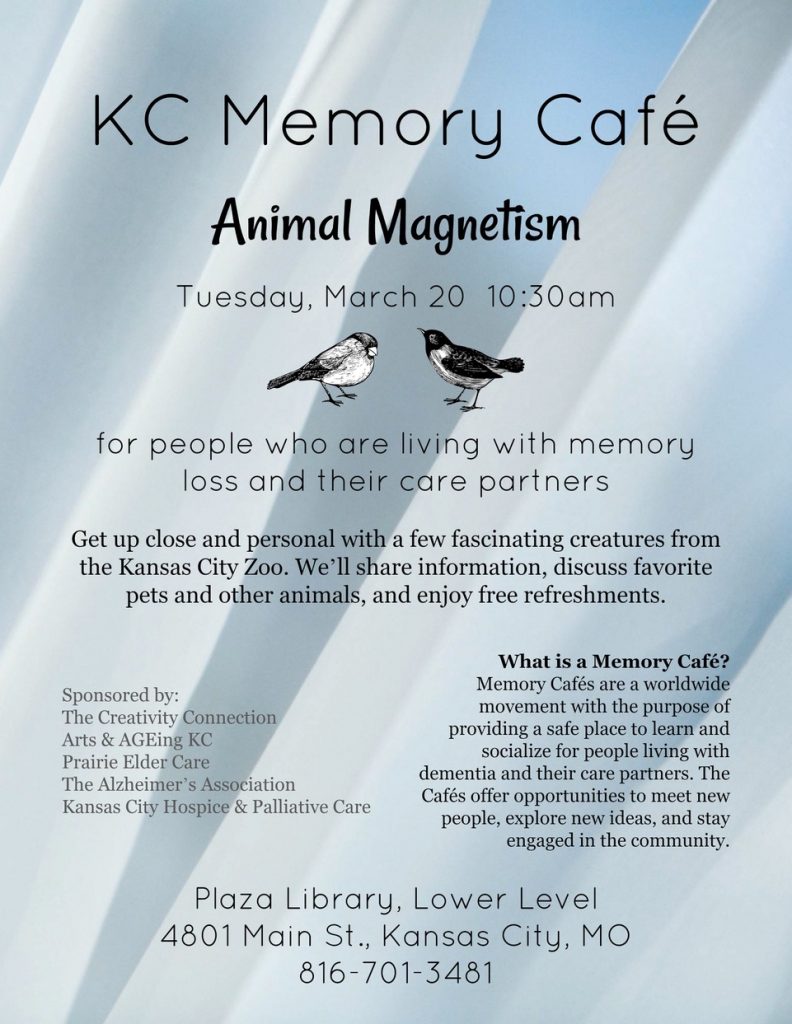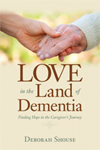Posts Tagged ‘Alzheimer’s Association Heart of America Chapter’
A Memorable Meeting: KC Memory Cafe
You know what it’s like, creating a program series for the first time. You try to think of everything, knowing that you’ve probably left something out. You hope plenty of people will attend and worry that no one will show up. The weather teases you, threatening snow or rain, thunder or wind. The “what if’s” line up, a mean group of scolders: “What if the elevator breaks? What if the speaker doesn’t show up? What if the snacks don’t arrive? What if the KC Memory Cafe doesn’t work!”
But, as most of us know, worry isn’t really that useful.
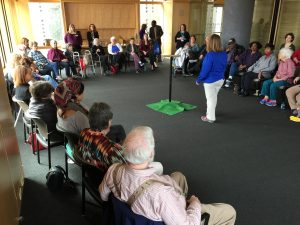 The debut of the KC Memory Cafe was beyond our highest expectations! On March 20, 2018, at 10:30 at the Plaza Library, the educators from the Kansas City Zoo showed up early, riding the elevator down to the lower level with their exotic offerings. The weather was perfect and a lovely group of 40 plus care partners and people living with dementia joined us, delighting in the delicious snacks. And they were even more delighted with the program, all of us laughing at the antics of the cockatoo, leaning forward to see the Vietnamese Tree Frog cozied in his glass aquarium, and petting the chinchilla, with a fluff of fur that felt like a cloud.
The debut of the KC Memory Cafe was beyond our highest expectations! On March 20, 2018, at 10:30 at the Plaza Library, the educators from the Kansas City Zoo showed up early, riding the elevator down to the lower level with their exotic offerings. The weather was perfect and a lovely group of 40 plus care partners and people living with dementia joined us, delighting in the delicious snacks. And they were even more delighted with the program, all of us laughing at the antics of the cockatoo, leaning forward to see the Vietnamese Tree Frog cozied in his glass aquarium, and petting the chinchilla, with a fluff of fur that felt like a cloud.
“I love this animal,” one attendee said, smiling at the blue tongued skink.
“This is the softest fur I’ve ever experienced,” said another, reveling in the chinchilla.
“That bird is so funny,” said another, laughing as the cockatoo bounced up and down, “dancing.”
After learning about the animals, we talked about our own pet memories. It was a wonderful morning and we can’t wait for our next Memory Cafe, on April 17, 2018.
Click here so you can experience the fun of the Cafe.
https://drive.google.com/open? id= 1mU8Iw83lGbhw6FeAVJ3VQ8xhe75qt YYm
 Want to join us on April 17 for our next Cafe? Here’s the scoop!
Want to join us on April 17 for our next Cafe? Here’s the scoop!
Weather Wonders: The Inside Story
Metereologist Karli Ritter Reveals Weather Mysteries 10:30 am on Tuesday, April 17, 2018. Plaza Library Lower Level. Join us for the KC Memory Cafe, a free event dedicated to creating educational and social experiences for people who are living with memory loss and for their care partners.
Our Team — Standing: Emily Cox, April Roy, Carol and Dennis McCurdy. Sitting: Ron Zoglin and Deborah Shouse, Jennifer Walker, Mandy Shoemaker
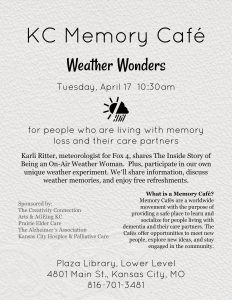

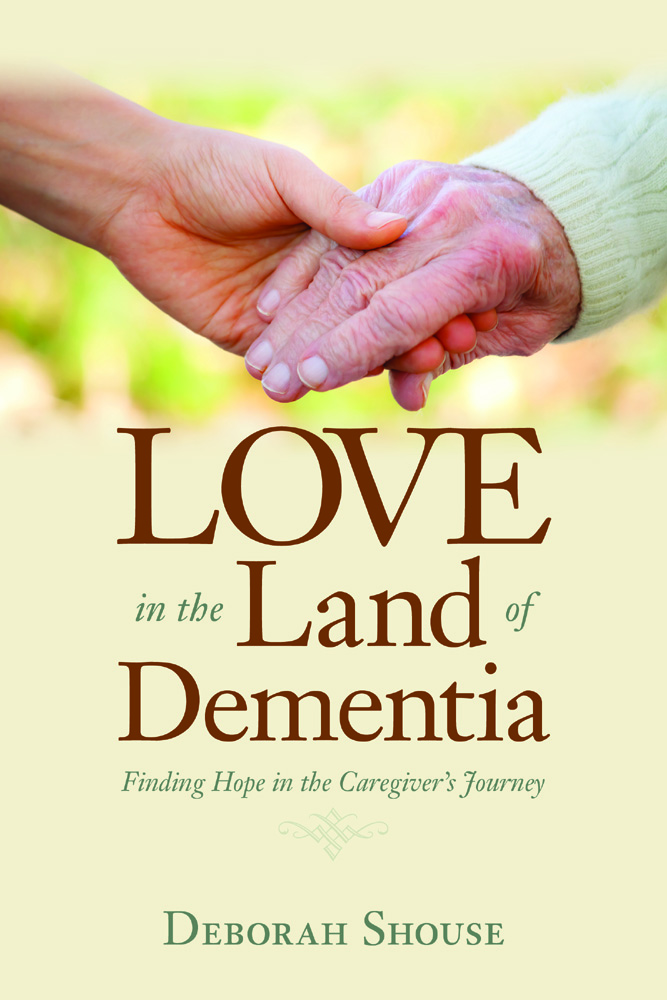
Connect through Movies and Memories
No one said, “Hush,” during the excitement of the paper airplane-flying competition in the Plaza Library. No one put a warning finger to his lips during the spontaneous conversations about favorite childhood foods. And laughing and clapping were encouraged during the two short films and two clips that anchored the Feb 11th Movies and Memory event, an invitation to connect through movies and memories. 
Most of the audience that poured into the Truman Forum that Saturday afternoon could not resist the alluring aroma of the freshly popping corn and stopped to get their free fix. They settled into the comfortable seats and sang along as music therapist and performer Rachelle Norman invited audience members to croon old favorites such as Blue Suede Shoes and Tennessee Waltz. Then they enjoyed two Oscar-nominated shorts, Paper Man and The Feast. 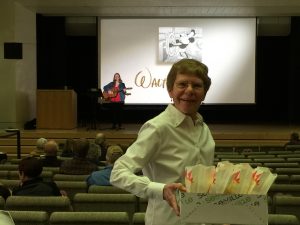
Everyone stood and walked through a waltz, guided by a ballroom dance instructor, after a romantic clip from Cinderella’s ballroom scene. After the final rousing cinematic scene, Marian the Librarian from The Music Man, everyone smiled as volunteers handed out cozy heart-shaped boxes of Russell Stover’s chocolates and shining red carnations. 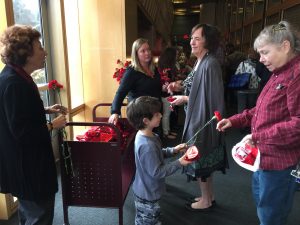
“What a great way to end the week,” one of the caregivers said.
Later, Michelle Niedens, Education Director at the Heart of America Chapter of Alzheimer’s Association, said, “I don’t know whether we have more fun planning these events or participating in the events.” All of us on the planning team agreed. This partnership with the Kansas City Public Library, the Alzheimer’s Association, the Kansas City FilmFest, and The Creativity Connectiong (me and Ron) is filling us all with hope and joy. Our quest to create a dementia and family friendly film series is happening and we are delighted. It’s free of charge, offering families a lovely way to have an uplifiting and interesting experience together.
Don’t miss our next event on April 9th, 1:30 at the Plaza Library. We are thrilled to be part of the Kansas City FilmFest. and we are planning some lovely surprises for our attendees. 
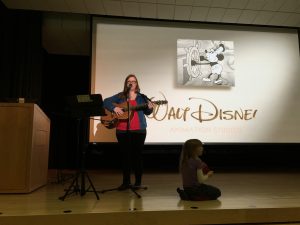
For additional information visit: www.kclibrary.org/signature-events/movies-and-memories-annie
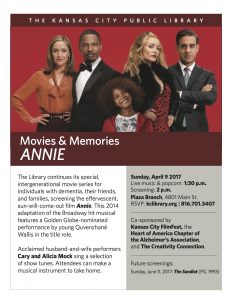
Using Creativity to Live Successfully with Dementia
“Creativity is evident in every one of us,” says Michelle Niedens, Director of Education, Programs and Public Policy, Alzheimer’s Association Heart of America Chapter. Every time I hear Michelle talk about the creative aspects of living with dementia, I am moved. I was so honored to have Michelle speak at my book launch for Connecting in the Land of Dementia. I treasured what she said about using creativity to live successfully with dementia and I asked if she would allow me to share her words of wisdom and caring with you. Here is her beautiful talk.
Using Creativity to Live Successfully with Dementia
by Michelle Niedens
It has been said that “we are helped by what is not, to use what is”. In Alzheimer’s disease, there are some things that are not. But welcoming this philosophy of using what is allows us to explore all the parts that are. As part of projects focusing on creativity at the Alzheimer’s Association, I have heard many people talk about how they are not creative. In one way or another, they find a way to let me know they believe they cannot create art, or stories or a collage or whatever forms of creation lay before them. Yet if we allow our minds to really think about the place of creativity in our lives, we could make a case that it is evident in every one of us. Whether it be building book shelves, writing poetry, the way we frame our words in conversation, the way we problem solve, the way we play with children, the way we garden and even the way we convince ourselves of things. Life is both complicated and simple and requires creativity to survive. It is almost as ever present as thought and breath.
In the poem, “the Necessary Art of Salvaging”, Barbara Lau writes;
